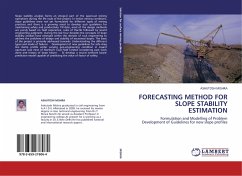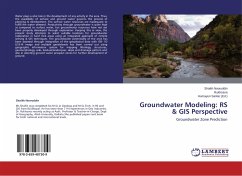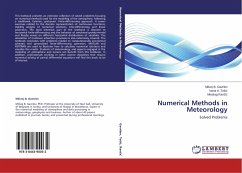The complexity of the problem in three dimensional domains can only be captured in higher-order polynomial equations, and FEM is not efficient to integrate higher-order polynomial equations. Spectral-element method (SEM) has excellent error properties (exponential convergence) being the fastest possible: 1) geometrical flexibility, 2) high computational efficiency and 3) reliable spectral accuracy. SEM combines the flexibility of FEM with the accuracy of a spectral approach, adopting the hexahedral elements satisfactorily. A low-order FEM is not suitable for greater numerical stability and accuracy. With the application of h- (meshing) and p- (mapping) refinement techniques, SEM performs to be an efficient method over the existing FEM. This work is important to evaluate some fundamental issues related to vegetated and barren slopes. It explores the suitability of stochastic process on slope stability, the soil-root interaction considering progressive failure and three major limitations of the infinite slope method. This work also includes to a practical problem of cut slopes in road opening to minimize the construction risk and design the safe and economic slopes.
Bitte wählen Sie Ihr Anliegen aus.
Rechnungen
Retourenschein anfordern
Bestellstatus
Storno








